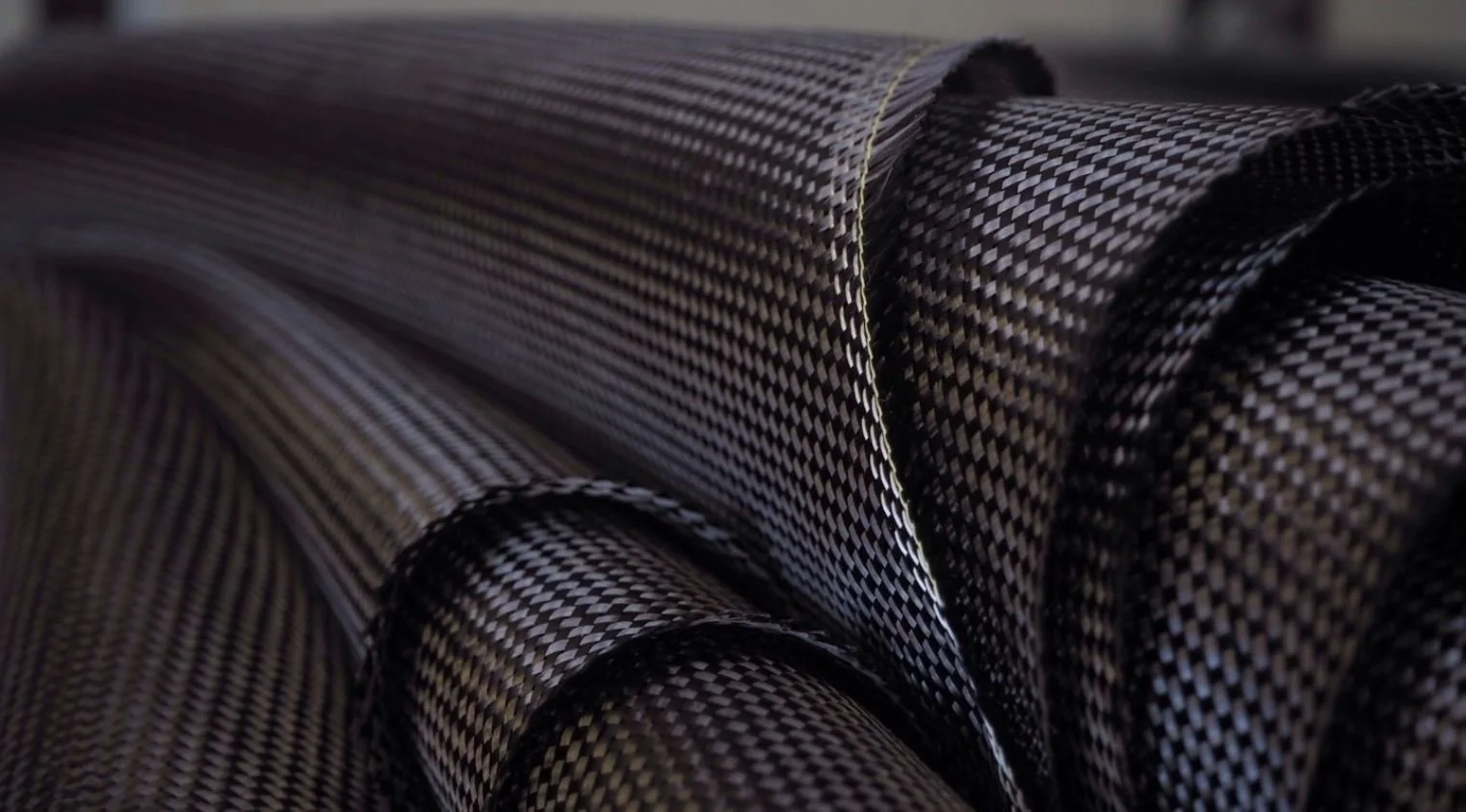Carbon fiber stands out as a special material because of its combination of lightweight strength, stiffness, and durability, which makes it optimal for a wide variety of applications, from marime products to race car products. Below is a more detailed look at why it’s so unique and applicable across many sectors:
Why is Carbon Fiber So Unique?
Strength-to-Weight Ratio: Carbon fiber is five times stronger than steel while being much lighter, making it perfect for applications that need strength without the burden of heavy weight, such as aircraft, racing cars, and even high-performance sports equipment.
Stiffness: Carbon fiber is four times as stiff as steel, allowing it to resist bending and deformation. This makes it particularly suitable for structures or products that need to maintain their shape under stress, such as aircraft fuselages or racing car bodies.
Thermal Properties: Its low thermal expansion means it remains stable under temperature changes, which is crucial for applications where precision is needed, such as in space vehicles and robotics.
Fatigue Resistance: Carbon fiber materials are incredibly durable and resistant to cyclic loading. This means they can withstand repeated stress without degrading, making them ideal for products like medical devices, prosthetics, or consumer goods like tennis rackets that endure repetitive use.
Corrosion Resistance: The material is immune to rust or chemical degradation, making it suitable for harsh environments like oil refineries, chemical plants, and marine applications where exposure to water or chemicals can weaken other materials.
What is Carbon Fiber?
Carbon fiber consists of long, thin strands of carbon atoms that are bonded in a crystalline structure. These strands, which are thinner than human hair, are woven or bundled to create a material that is exceptionally strong and lightweight.
How is Carbon Fiber Made?
Typically, carbon fiber is produced by processing synthetic polyacrylonitrile (PAN) fibers in a high-temperature, inert environment. The process turns these fibers into carbon-rich filaments. Once formed, the filaments can be braided, woven, or molded into different shapes, yielding a highly versatile material.
Conclusion
Carbon fiber's versatility stems from its combination of strength, lightness, stiffness, and durability, as well as its resistance to fatigue and corrosion. These properties make it ideal for a broad range of applications, from aerospace and automotive to sports equipment and medical devices, ensuring its continued popularity across both industrial and consumer markets.

